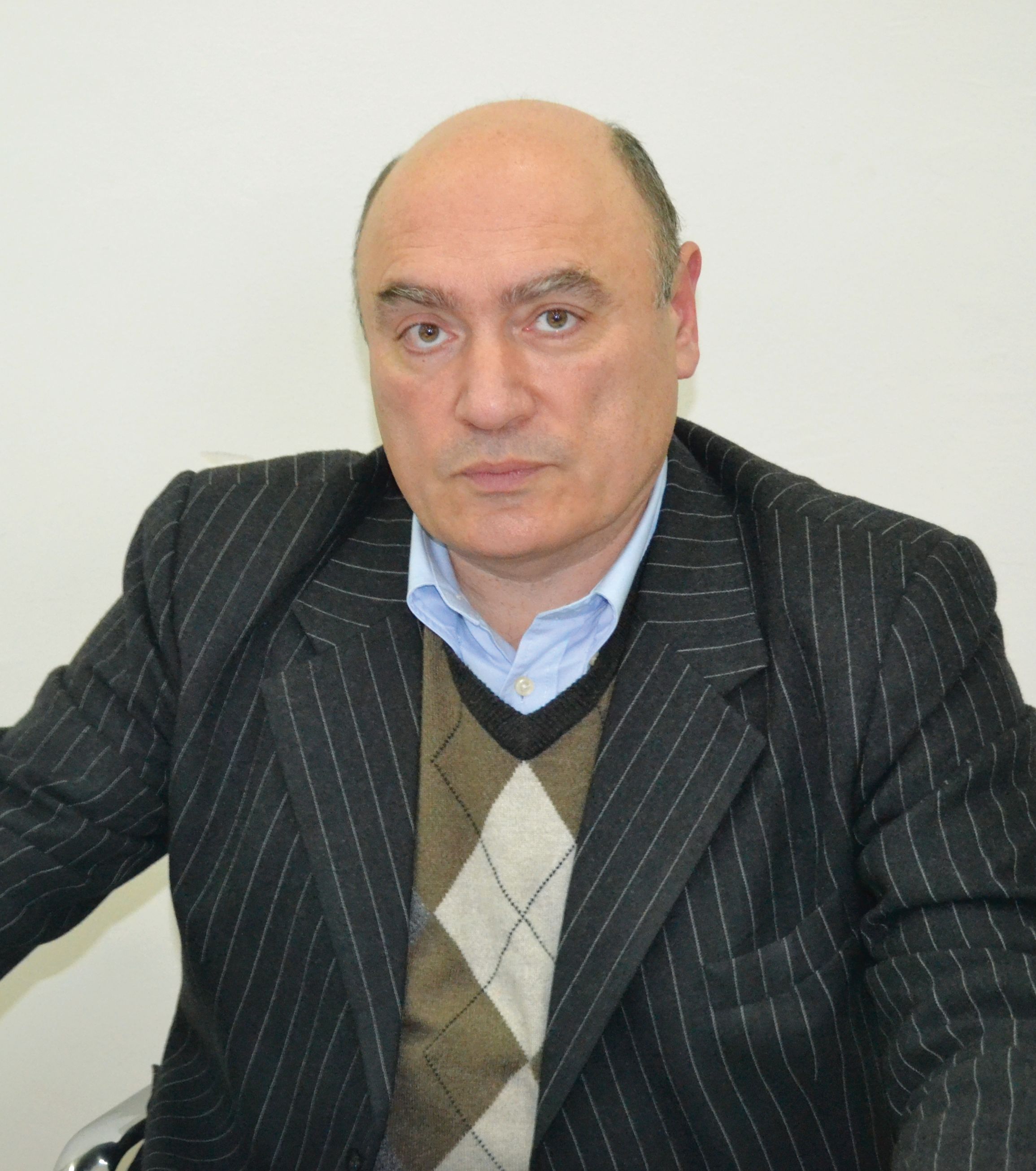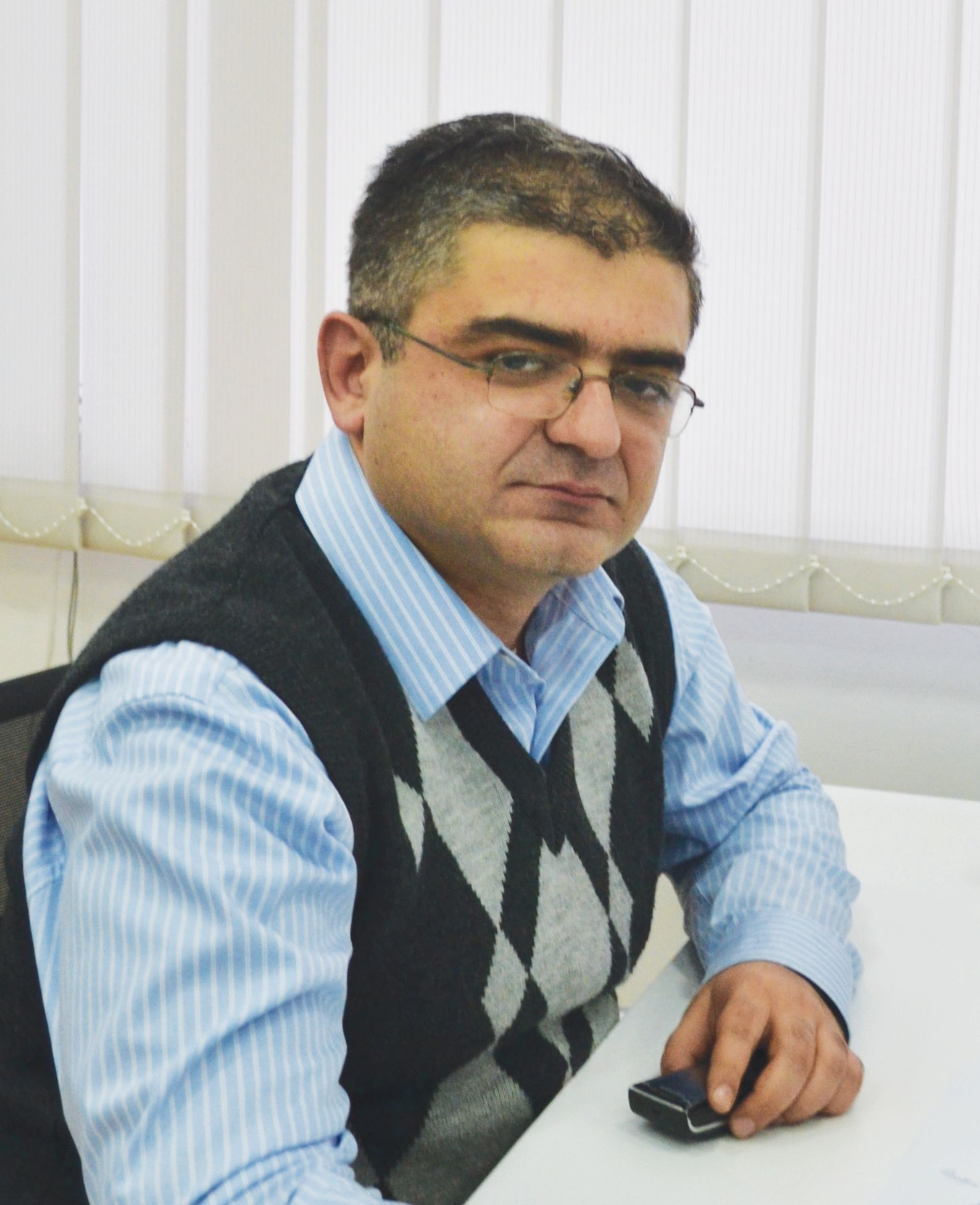
FACULTY OF MEDICINE
Bile Duct Reaction in Early Stages of Cholestasis
Clinical and experimental research projects are being implemented parallel to histopathological examinations at the Center of Clinical Pathology of the Alexander Natishvili Institute of Morphology, TSU. An ongoing project launched in 2009 involves research on the “early ductular reaction phenomenon” to determine why there is an increased number of ductules--small anatomical bile ducts – in liver tissue at the early stages of cholestasis.
Although tubular structures in the liver – bile ducts, portal vein and liver vein branches, arteries, lymphatic vessels – have been widely studied, many questions remain because of the complexity of their structures. Research is needed to resolve questions on their structure, functional importance and possible role in the development of pathological processes in the liver. Current models of the liver’s fine architecture do not adequately interpret the issues that arise under conditions of clinical and experimental pathologies.
 Professor Dimitri Kordzaia, Head of the research project, believes one of the pathological conditions calling for enhanced research on bile ducts and the structure of the functional unit of the liver is “ductular reaction” --quantitative and qualitative change in bile ducts. Under his guidance, and based on previous research, TSU scientists have ascertained that ductular reaction is apparent within several hours after common bile duct ligation. Recent research has confirmed that no “new ductules” appear at the early stages of cholestasis, but that they already exist--though “invisible”. Common bile duct ligation results in widening biliary ductules which makes them “detectable”.
Professor Dimitri Kordzaia, Head of the research project, believes one of the pathological conditions calling for enhanced research on bile ducts and the structure of the functional unit of the liver is “ductular reaction” --quantitative and qualitative change in bile ducts. Under his guidance, and based on previous research, TSU scientists have ascertained that ductular reaction is apparent within several hours after common bile duct ligation. Recent research has confirmed that no “new ductules” appear at the early stages of cholestasis, but that they already exist--though “invisible”. Common bile duct ligation results in widening biliary ductules which makes them “detectable”.
According to Professor Mikheil Jangavadze, researcher, ductular reaction accompanies various pathological conditions, such as liver cancer, hepatitis and cholestasis (pathological condition where bile cannot flow from the liver to the duodenum). Thus studying an early stage of this reaction is important for understanding the essence of these pathologies. For example, some liver cells perform the function of ductular cells, and in cases of frequent repetition this can cause the formation of tumors. Sometimes liver cells are initially transformed into biliary duct cells and then form the ducts. The conclusions made by the TSU scientists go beyond the existing model of liver microstructure: they have developed a new and original scheme of hepatic ductular architecture.
The results of the research became the basis for a hypothesis which has to undergo further experimental testing, and which can be formulated as follows: “The liver of white rats contains yet unknown ductular constructions, accompanying various caliber branches of hepatic veins, which are “displaced” here from their usual locations – the area around portal vein branches (a portal vein is a venous blood vessel through which blood flows from intestine to the liver). In those areas of liver tissue where such bile ductules existed, bile from the bile canalicular network is drained toward these newly discovered ductules as well.” Such non-standard draining channels may have an additional compensatory function in cases of bile congestion, especially in rats, which--unlike humans--have no gallbladders for bile accumulation and are thus more sensitive towards increased biliary pressure.
These conclusions are fundamental and thus it is difficult to make practical recommendations at this stage. It will be important to continue research in this direction on other animal species and on humans. Presentation of results is planned for the Congress of South European Medical Forum in 2014.
Researchers:
Prof. Dimitri Kordzaia, Head of the Research, Deputy Dean of the TSU Faculty of Medicine; Head, Department of Human Anatomy, Topographic Anatomy and Operative Surgery and Senior Research Fellow at the Institute of Morphology.
Prof. Mikheil Jangavadze, Academic Doctor of Medicine, Assistant Professor, Department of Human Anatomy, Topographic Anatomy and Operative Surgery, TSU Faculty of Medicine. Head of the Department of Clinical Anatomy at the Alexander Natishvili Institute of Morphology.
Dr. Maia Mchedlishvili, Academic Doctor of Medicine, Senior Research Fellows, Alexander Natishvili Institute of Morphology.
Dr. Nana Gioshvili, Academic Doctor of Medicine, Senior Research Fellows, Alexander Natishvili Institute of Morphology.
BIBLIOGRAPHY
E. Azmaiparashvili, D. Kordzaia, D. Dzidziguri. Biliary hypertension as the cell proliferation trigger in bile duct ligated rats. /Georgian Med News 168, 111-6;
Elza Azmaiparashvili, E. E. Berishvili, M. Jangavadze, and D. Kordzaia 2012. “Study on the Origin of ‘New ductules’Appearing in the Rat Liver Within Several Hours After Common Bile Duct Ligation”. Acta morphologica et anthropologica 18:6.;
Azmaiparashvili, E., E. Berishvili, Z. Kakabadze, O. Pilishvili, E. Mikautadze, R. Solomonia, M. Jangavadze, and D. Kordzaia. 2012. Ductular reaction at the early terms of common bile duct ligation in rats. Acta Biologica Hungarica 63:321-332.





